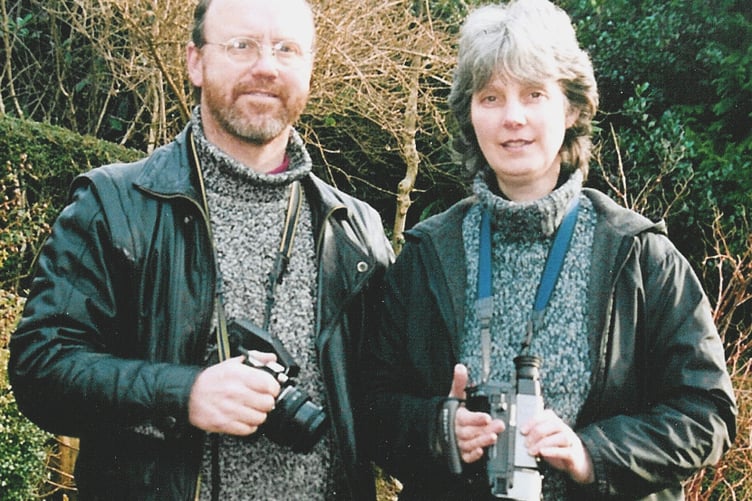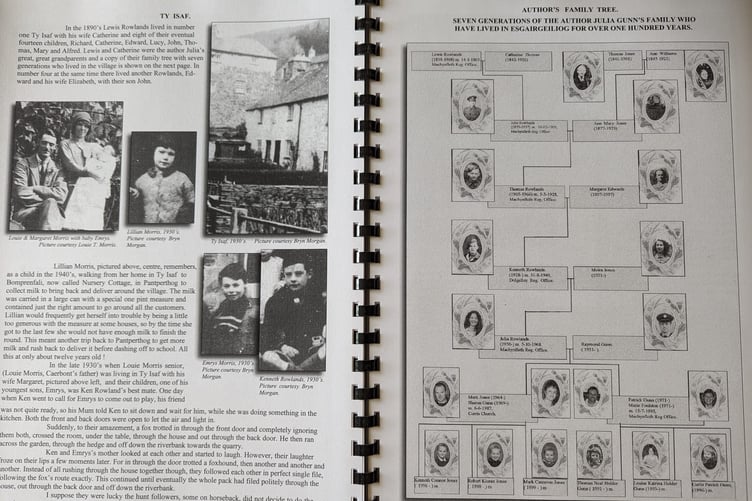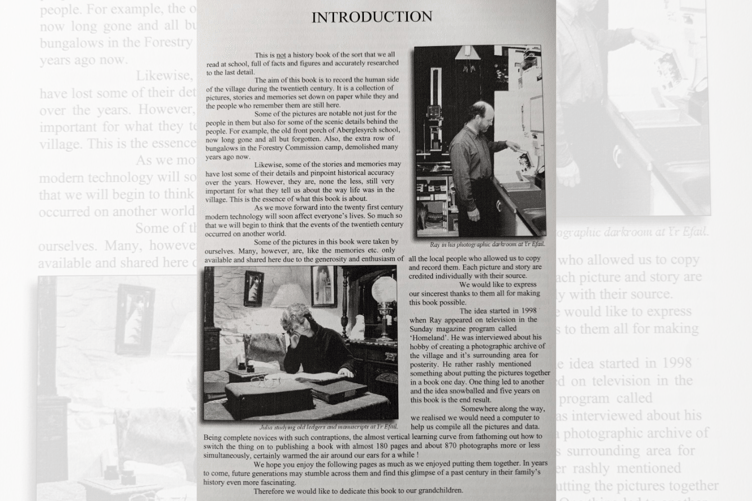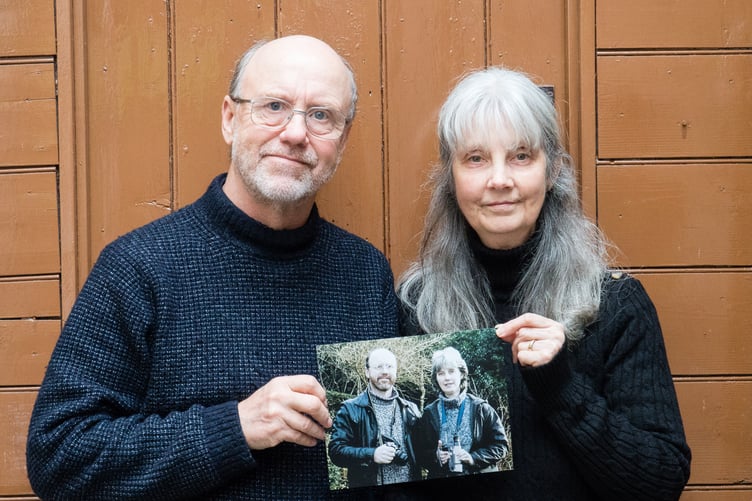Meet the couple who wrote a love letter to their village Esgairgeliog/ Ceinws in the form of a history book.
What started as plotting Julia and Ray Gunn’s family tree became a five-year mission that took over the couple’s life.
In 1998 they discovered Julia’s ancestors trace back to Bleddyn ap Cynfyn, the 11th-century Welsh King, and further to 866 AD.
When their work became noticed, people asked about a book- eventually the couple couldn’t refuse.
They sold out their book ‘Esgairgeiliog Ceinws - In Pictures and Words, Past and Present’, printed in their backroom one summer, with neighbours queuing around the block for a copy.
Julia, 73, who grew up in Ceinws, said: “I thought it would be nice not to just write about the village itself but the people in it.
“We decided to go around each house, every family like a census.
“Because they knew me, they just gave us their photo albums and said, ‘bring them back when you’re done’.
“It was a treasure trove.
“We plotted the history of the last 100 years of everybody who lived in the village.
“Everyone wanted to be in on it.”
She would pore over Montgomery editions into the early hours, spend all day in the National Library and snuck photos of Dolffanog family trees they couldn’t take home, copying any mention of Ceinws.
In 2003 the couple bought their first computer and printer to do the job - though they struggled to find the ‘on’ switch.

Julia was a shelf stacker when she wasn’t doing her research, gathering stories in English and Welsh.
Ray was a postman and amateur photographer with a dark room, lovingly copying photos to create Ceinws’ first community-led history book.
They refused a publishing deal that would’ve taken out 700 of its 850+ photos, selling it for £12.
They lost money after buying the computer and printer, “using toner by the pallet load” and printing 460 copies before the printer eventually broke.
Ray said: “We couldn’t keep up, it was one of the hottest summers and the printer would throw out so much heat.

“People ask for copies even now.
“It’s like an instructional manual for living in the village.”
Their introduction reads: “There is not a page in this book that does not owe its existence to somebody in the village... every name mentioned is an important contributor...
“The aim of this book is to record the human side of the village during the twentieth century... a collection of memories while the people who remember them are still here.”

The book meticulously captures the stories of the people in Ceinws broken down street by street, family by family, exploring the exciting history behind the disused Forestry Camp which was once used as a German prisoner of war camp, the history behind the village capels, the quarrymen, the schools.
It ends with a section ‘for your own pictures and notes... for your grandchildren to find one day.’ 20 years on, they’re considering doing a volume two.





Comments
This article has no comments yet. Be the first to leave a comment.